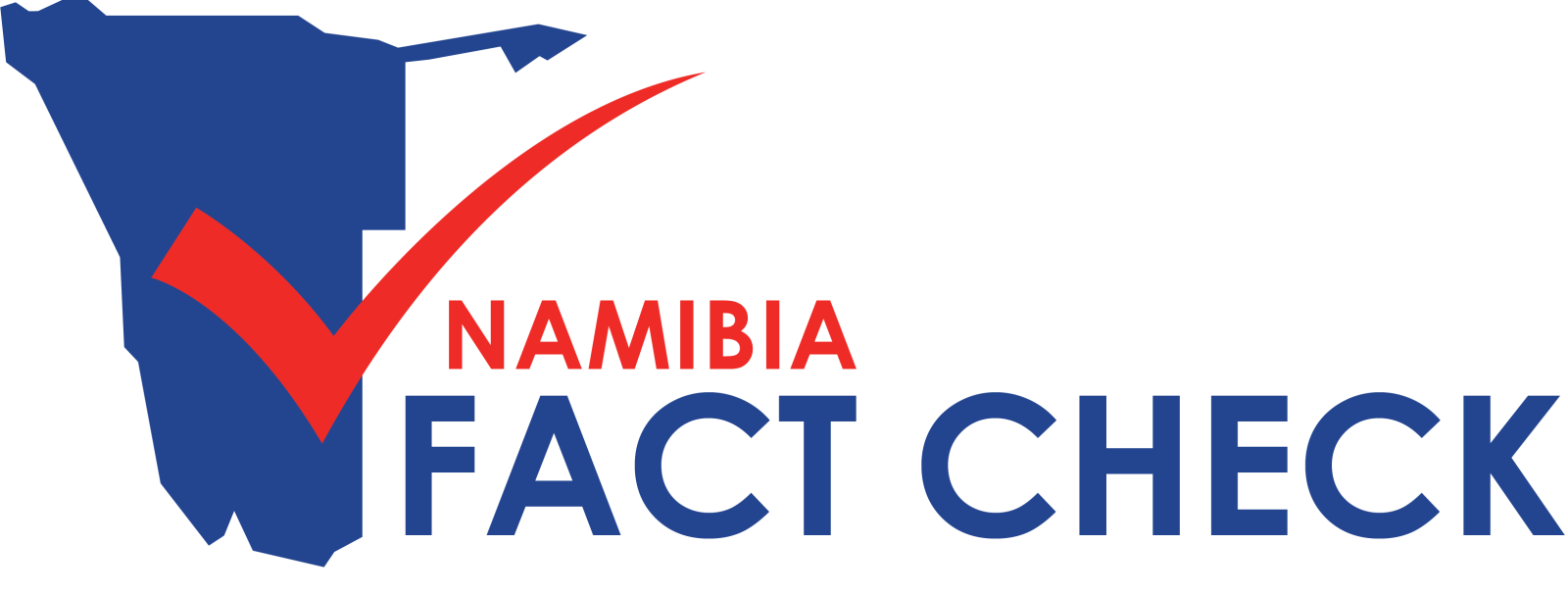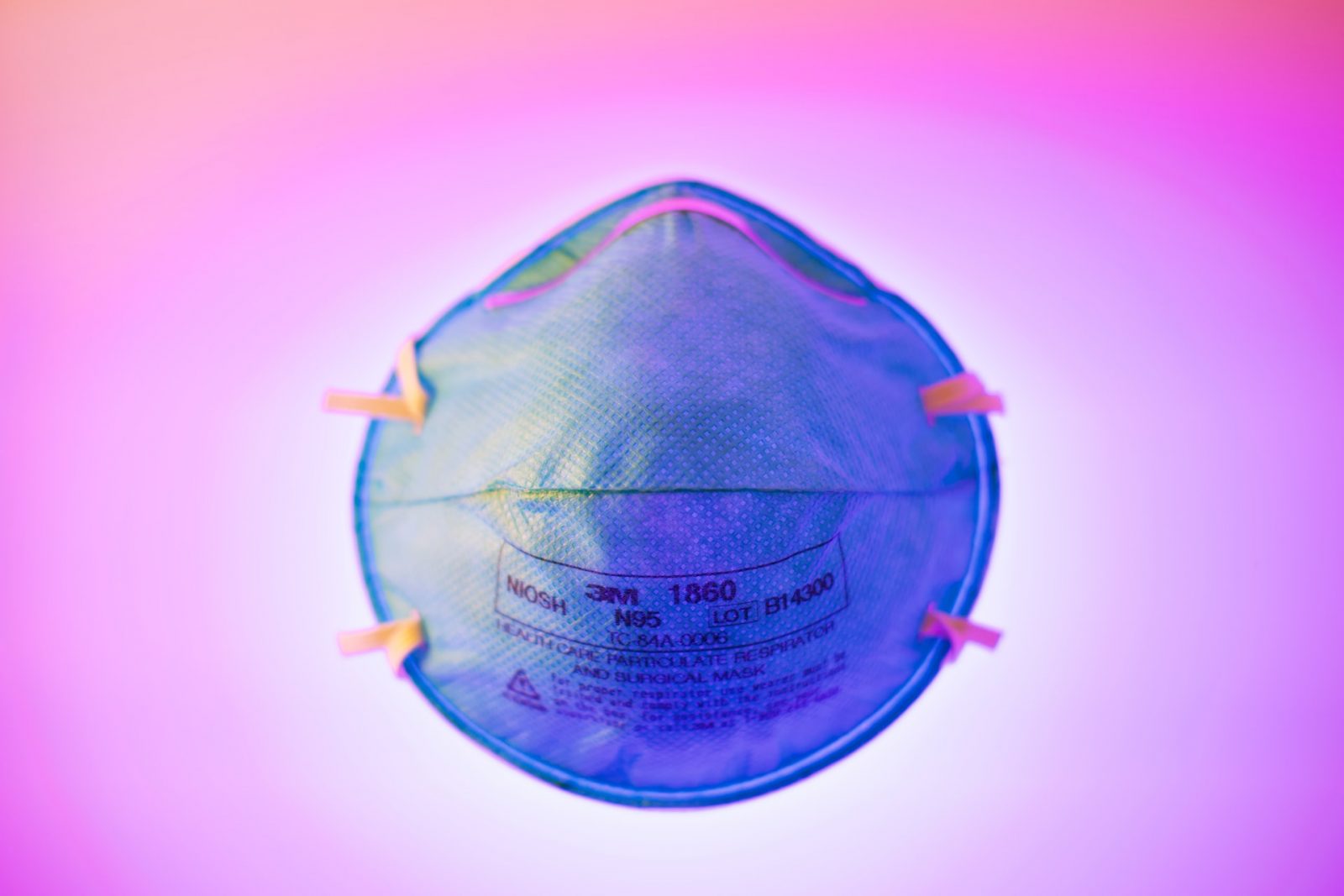Photo by Brian McGowan on Unsplash
With mask wearing compulsory in public since the COVID-19 state of emergency lockdown has been lifted, there have been some uncertainties, and falsehoods, spread about mask use.
According to the new state of emergency regulations related to the post-lockdown era that officially commenced on 5 May 2020, all Namibians are required to wear a face mask when out in public.
The regulations state:

Even before the new dispensation commenced people were already sending each other advice on masks and mask use, and the following was one of the items of advice that was forwarded in some social media groups:
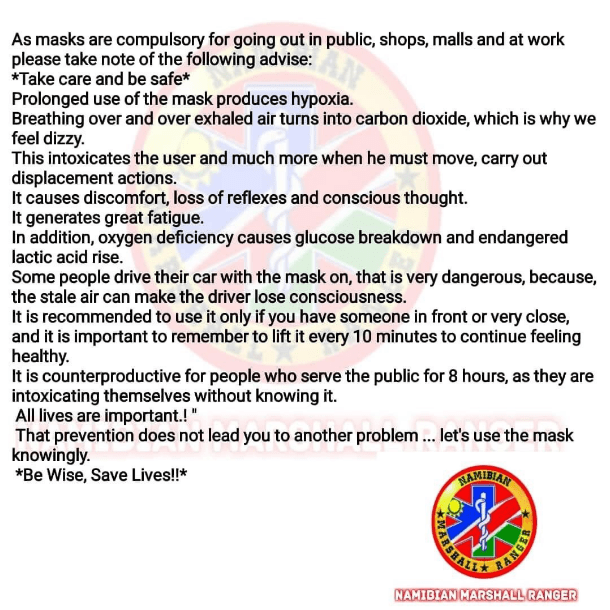
This post contains a lot of questionable information, such as that prolonged mask use “produces hypoxia”, and does not appear to have been compiled by a medical or health professional.
First off, hypoxia is a serious medical condition:
Hypoxia is a condition where not enough oxygen makes it to the cells and tissues in the body. This can happen even though blood flow is normal. Hypoxia can lead to many serious, sometimes life-threatening complications.
– healthline.com
As to masks, there are medical masks and non-medical masks, and healthcare authorities the world over are recommending that medical masks be used by medical personnel only and that the general public, if it is recommended, make use of non-medical masks (including home-made cloth masks) when out in public in the era of COVID-19.
Neither the World Health Organisation (WHO) (here, here and here) nor the Centers for Disease Control and Prevention (CDC) (here and here) in their extensive guidance on masks and their use mention the risk of hypoxia as a consequence of prolonged mask use.
However, the question of hypoxia did come up in an online media report, in which a Dr. Payal Kohli addressed it as follows:

Furthermore, the questionable post above also states:
“It is recommended to use it [mask] only if you have someone in front or very close, and it is important to remember to lift it every 10 minutes to continue feeling healthy”
No such thing is recommended by Namibian authorities, as far as Namibia Fact Check could establish. And this advice is counter to what the WHO and CDC recommend, both of which discourage frequent touching of a mask when it is being worn.
The WHO guidance states:
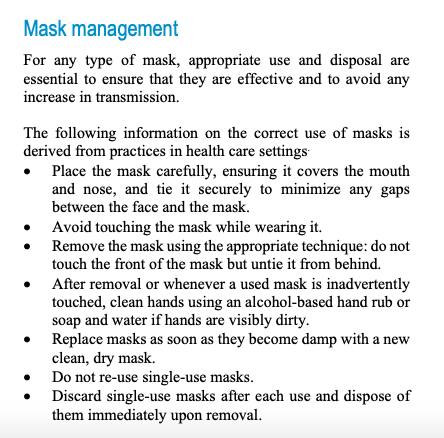
And just in case it isn’t clear:
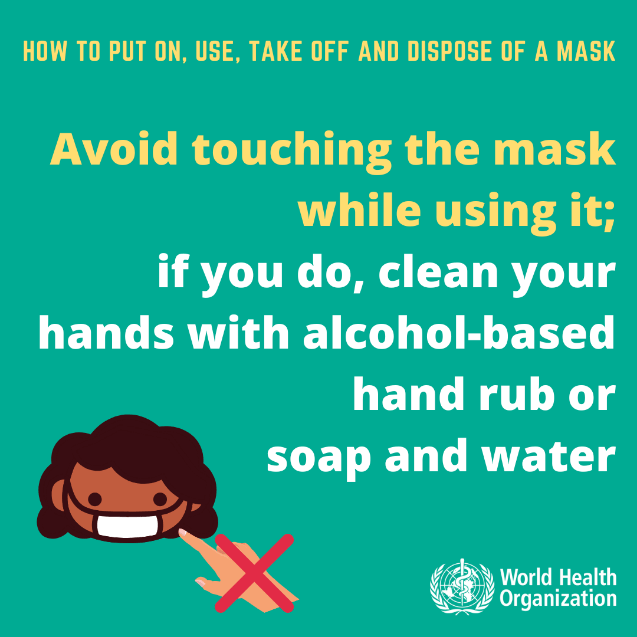
As to risks involved in widespread use of masks, the WHO states:
There are potential risks and disadvantages that should be taken into account in any decision-making process on the use of masks:
* Non-medical or cloth masks could increase potential for COVID-19 to infect a person if the mask is contaminated by dirty hands and touched often, or kept on other parts of the face or head and then placed back over the mouth and nose
* Depending on the type of mask used, could cause difficulty in breathing
* They can lead to facial skin breakdown
* They can lead to difficulty with communicating clearly
* They can be uncomfortable to wear
* It is possible that mask use, with unclear benefits, could create a false sense of security in the wearer, leading to diminished practice of recognized beneficial preventive measures such as physical distancing and hand hygiene.
Once again, while “difficulty in breathing” is mentioned as a potential risk, this is a far cry from hypoxia.
